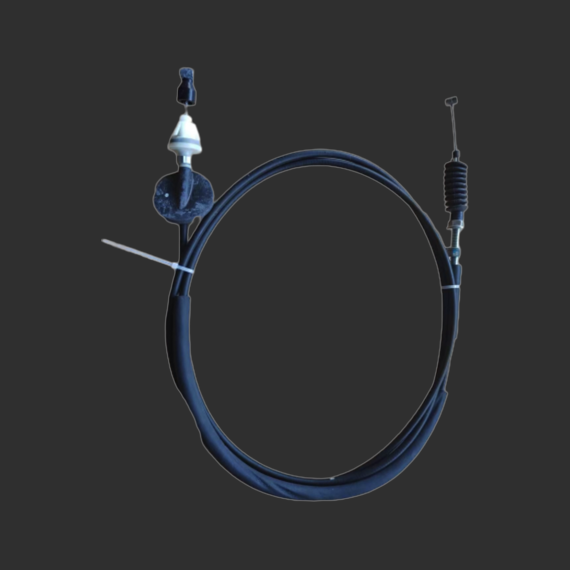gear cables
Understanding Gear Cables An Essential Component for Your Bicycle
When it comes to cycling, whether you're a casual rider or a seasoned competitive cyclist, the performance of your bike hinges on various components working seamlessly together. One of the essential components that often goes unnoticed is the gear cable. These cables play a crucial role in the shifting mechanism of your bike, and understanding them is vital for maintaining optimal performance.
The Function of Gear Cables
Gear cables are the thin wire cables that connect the gear shifters on your handlebars to the derailleurs located near the bike's drivetrain. When you shift gears, the shifter pulls or releases the cable, which in turn moves the derailleur to change the position of the chain on the bike's cassette or chainrings. This action allows for smoother transitions between gears, enabling riders to adjust to varying terrains effectively.
Types of Gear Cables
There are primarily two types of gear cables stainless steel cables and coated cables. Stainless steel cables are known for their durability and resistance to rust, making them an excellent choice for riders who frequently venture into wet conditions. On the other hand, coated cables come with a plastic or polymer coating that reduces friction and enhances performance, allowing for smoother gear shifts.
In addition to the cables themselves, bike enthusiasts often consider the type of housing that encases the cables. The housing can significantly affect performance, as it is designed to protect the cables from dirt and moisture, while also allowing for smooth movement. High-quality housing can minimize friction, promoting more responsive shifts.
gear cables

Maintenance of Gear Cables
To ensure your gear cables function optimally, regular maintenance is key. Over time, cables can stretch or fray, leading to poor shifting performance. It's advisable to inspect your cables periodically for signs of wear and tear. If you notice any fraying or rust, it’s time to replace them. Additionally, lubricating the cables and housing can help maintain smooth operation.
Adjusting the tension of the cables is another essential aspect of maintenance. If the cables are too loose, your shifts may not be crisp, causing missed gears. Conversely, if they are too tight, shifting can become difficult and cumbersome. Most shifters come with adjustable tension mechanisms, allowing cyclists to customize their setup for optimal performance.
Upgrading Your Gear Cables
For those looking to improve their biking experience, consider upgrading to high-performance gear cables. Many brands offer lightweight materials and enhanced coatings that optimize shifting performance. Investing in quality gear cables can significantly improve your bike's responsiveness, especially in competitive settings.
Conclusion
In conclusion, gear cables may seem like a minor component of your bike, but they are essential for achieving smooth and efficient shifting. Understanding their function, maintenance, and potential for upgrades can help you become a more knowledgeable cyclist. Whether you're commuting, mountain biking, or racing, ensuring your gear cables are in top condition can make all the difference in your cycling experience. So next time you tune up your bike, don’t forget to give those gear cables the attention they deserve!
-
Upgrade Your Vehicle with High-Quality Handbrake CablesNewsNov.01,2024
-
Optimize Your Bike's Performance with Quality CablesNewsNov.01,2024
-
Enhance Your Vehicle's Performance with Quality Clutch ComponentsNewsNov.01,2024
-
Elevate Your Vehicle's Performance with Quality Throttle CablesNewsNov.01,2024
-
Elevate Your Vehicle's Performance with Quality CablesNewsNov.01,2024
-
Affordable Solutions for Your Cable NeedsNewsNov.01,2024
